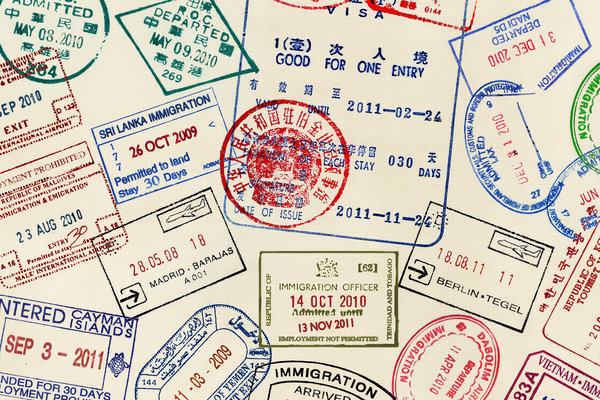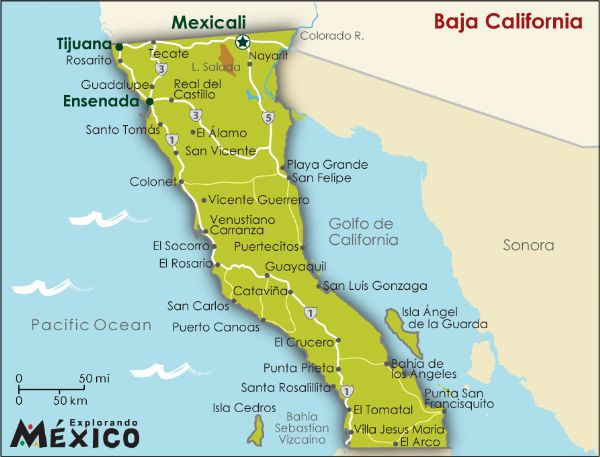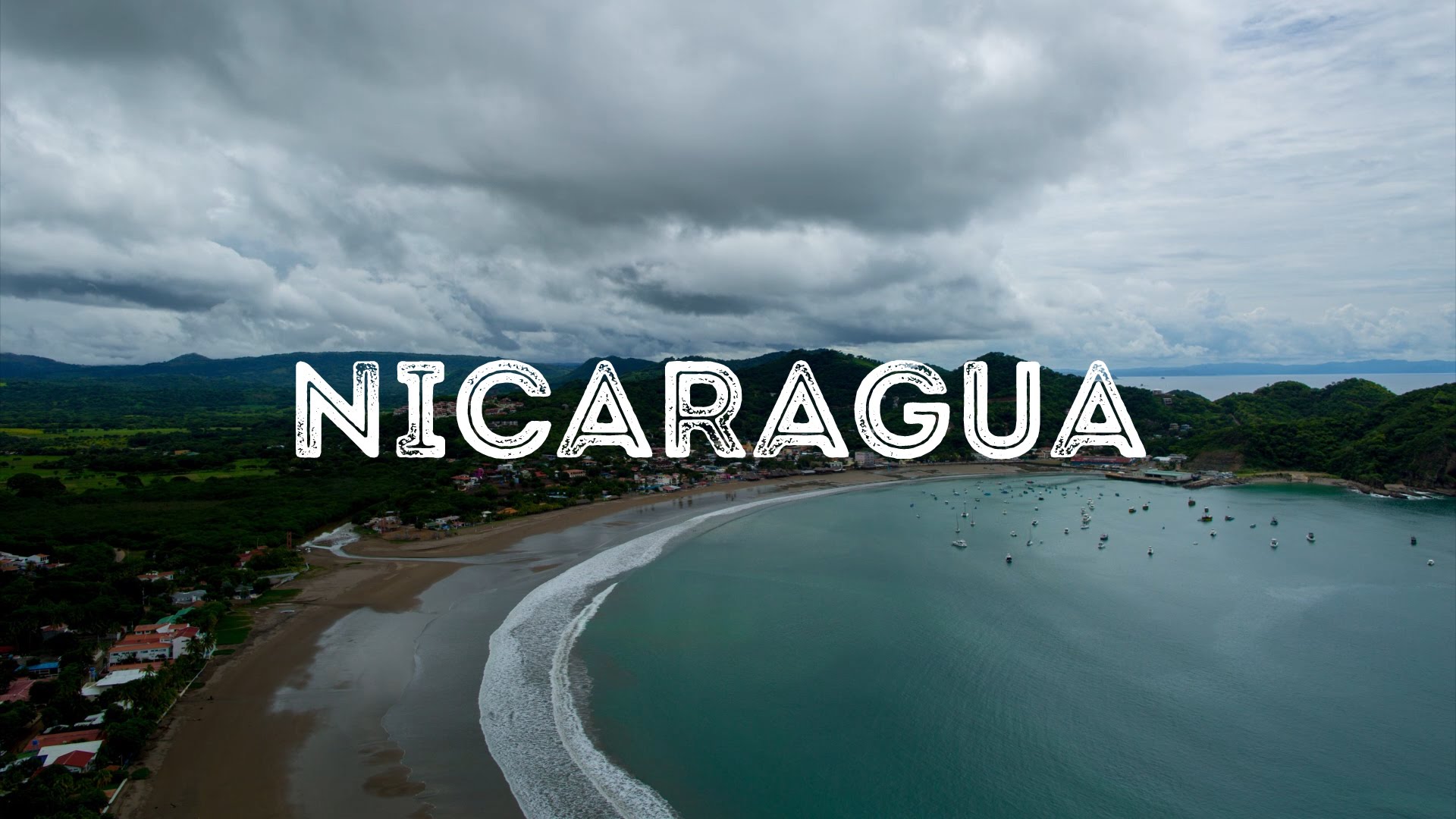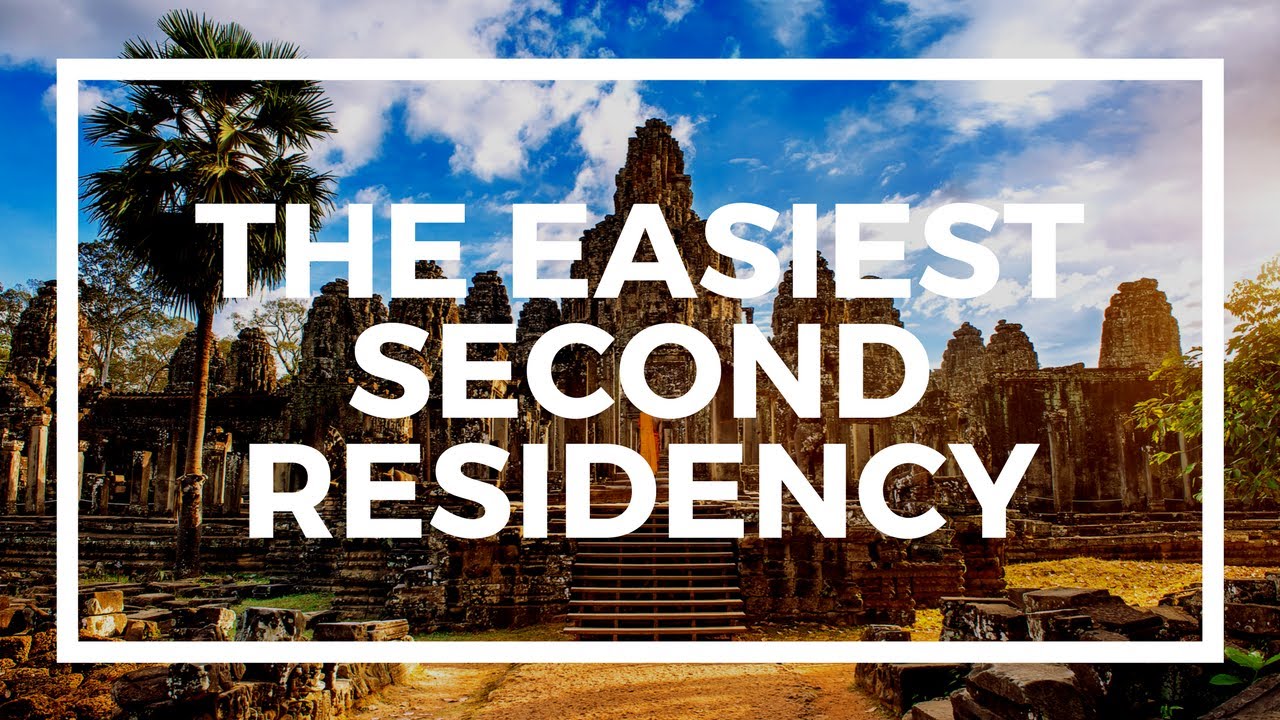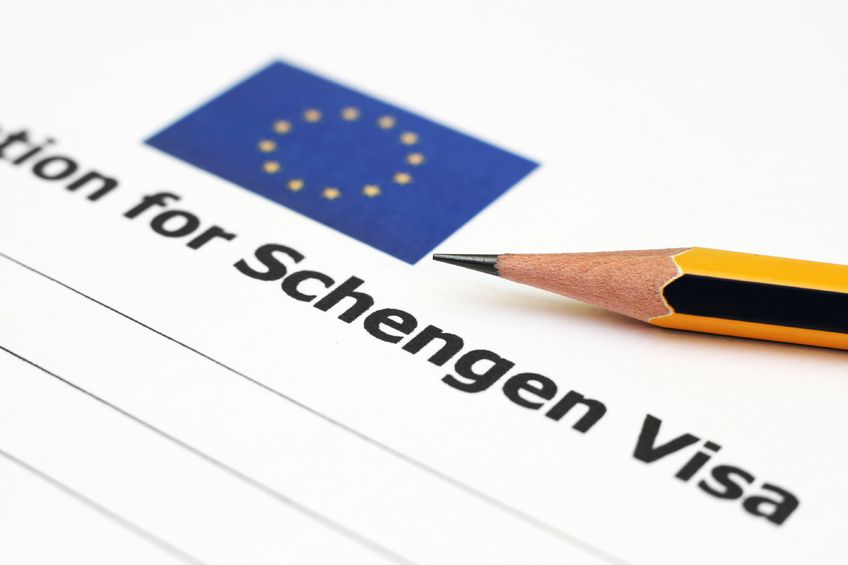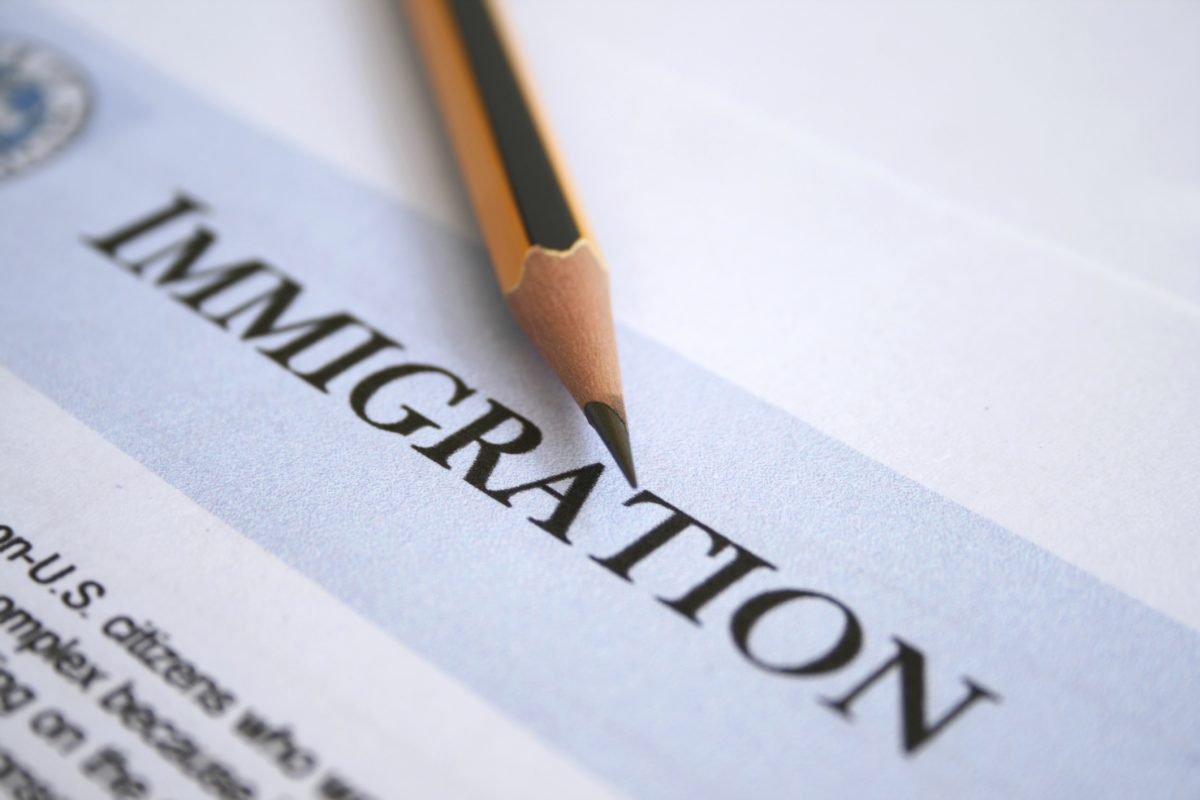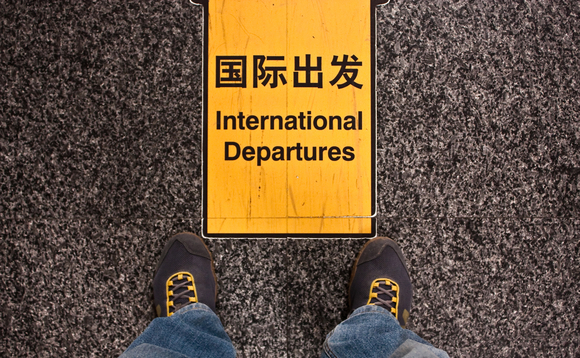The Best European Union Second Passport Program in 2018
The best European Union second passport program in 2018 is Bulgaria. This program often takes a backseat to Portugal’s Golden Visa, but Bulgaria offers far more value. Plus, I expect it the value of the Bulgarian passport to increase in the coming years. Here’s everything you need to know about the best European Union second passport program in 2018.
I’m often asked if Bulgaria is a member of the EU. Yes, Bulgaria and Romania joined the European Union in 2007. This expansion is known as “the fifth wave of enlargement of the European Union” which went on from 2004 through 2007. And, possibly, more importantly, Bulgaria is in the process of joining the Schengen Region. Once that process is complete, the value of its second passport will increase dramatically.
Why will Schengen membership increase the value of Bulgaria’s European Union second passport program? The Schengen region is an area without internal borders, an area within which citizens, many non-EU nationals, business people, and tourists, can freely travel without being subjected to border checks. For travel and business purposes, the Schengen region is one multi-nation state made up of the most powerful members of the European Union.
List of countries in the Schengen area:
|
|
And a second passport from Bulgaria is already a valuable travel document. Bulgarian citizens have visa-free or visa on arrival access to 169 countries and territories, ranking the Bulgarian passport 16th in terms of travel freedom (tied with the Croatian, Hong Kong and Romanian passports).
When Bulgaria is admitted to the Schengen region, I expect more countries to offer visa-free travel to Bulgaria, thereby putting its passport on par with Portugal. Portuguese citizens had visa-free or visa on arrival access to 186 countries and territories, ranking the Portuguese passport 4th in terms of travel freedom (tied with the passports of Austria, Luxembourg, Netherlands, Norway, the United Kingdom, and the United States).
- For more on Portugal, which might be right for you if you wish to purchase real estate rather than bonds, see Portugal’s Golden Visa.
And there’s an economic reason that I say the best European Union second passport program in 2018 is Bulgaria. There’s no need to invest in real estate or make a “donation” to the government to get your passport. You can invest in government bonds that are guaranteed. This investment is returned after 5.5 years. Depending on the program selected, you may or may not earn interest on the bonds.
In order to get the best European Union second passport, you invest 512,000 € in government bonds. This gets you a temporary residency visa immediately and a permanent residency visa after 6 months.
After you’ve held the permanent residency visa for about 6 months, so one year total since you made the initial investment, you buy another 512,000 € in government bonds. This gets citizenship and a second passport 6 months after you purchase the second round and 18 months since you made your first investment.
It may be possible, depending on your situation, to finance up to 50% of this bond purchase. However, I’ll tell you upfront that the interest and handling charges for financed programs are quite high. The vast majority of our clients make their own financial arrangements and simply invest 1,024,000 € in government bonds over two years to receive their second passports.
If you only wanted residency in Bulgaria, then you could invest 512,000 € (make only one investment). You “upgrade” your permanent residency status to citizenship and a second passport in year two with the second investment.
- If you’re a US citizen, or from a “friendly” nation, you can also get residency in Panama with an investment of $20,000. For more on this, see: Best Panama Residency by Investment Program.
Theoretically, you could invest 512,000 € and get residency. Then you could apply for citizenship after 60 months under Bulgaria’s original laws (those enacted before the fast track program). We have only handled fast track applications.
And you’re not required to open an account in Bulgaria or send money to the government. You can buy Bulgarian government bonds on the Berlin, Frankfurt, Stuttgart or Luxembourg stock exchanges. The entire transaction is transparent and available on multiple global exchanges.
I hope you’ve found this article on why Bulgaria the best European Union second passport program in 2018 to be helpful. For more information on the fast track program, or citizenship in another country (such as Portugal, Panama or St. Lucia), please contact me at info@premieroffshore.com or call us at (619) 483-1708. All inquiries are confidential.

